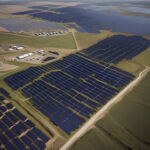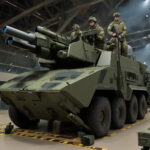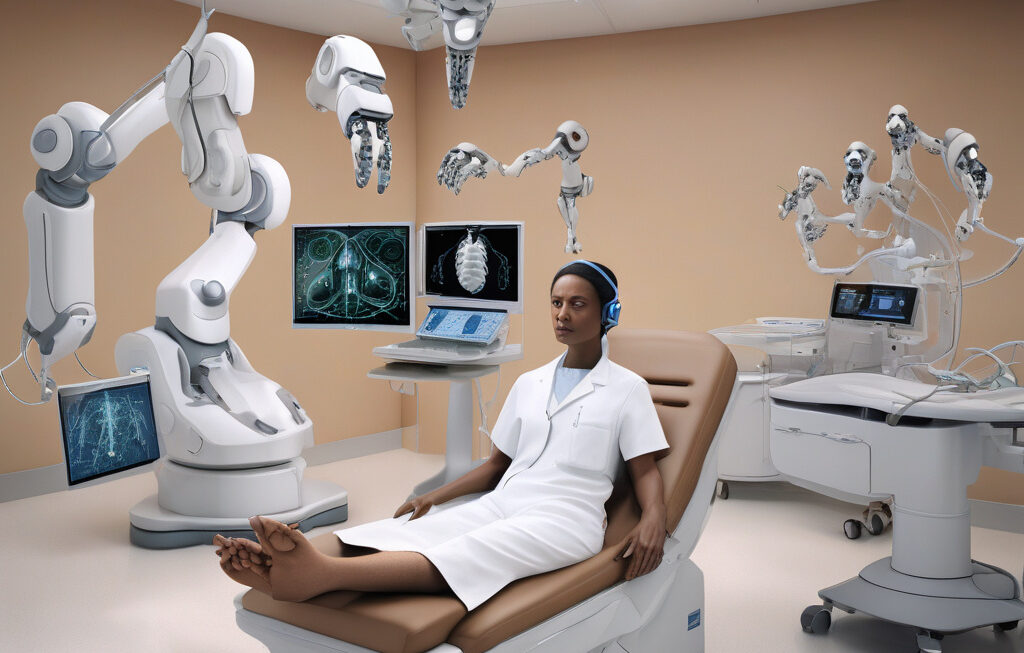AI Revolutionizes Drone Programming: How Professor Peter Burke is Leading the Way
In the realm of drone technology, innovation is the key to staying ahead of the competition. Professor Peter Burke, a leading expert in the field, has made significant strides in revolutionizing the way drones are programmed. By harnessing the power of Artificial Intelligence (AI), Professor Burke has developed a groundbreaking drone that can generate its command center mid-flight, drastically reducing build time and minimizing the need for human programming.
Traditionally, programming drones has been a time-consuming and labor-intensive process. Engineers and programmers would spend hours writing complex code to dictate the drone’s movements and functions. However, with the advent of AI technology, this arduous process is becoming a thing of the past. Professor Burke’s AI-powered drone is capable of learning and adapting on the fly, allowing it to program itself in real-time based on its surroundings and objectives.
One of the key advantages of this AI-powered drone is its ability to adapt to changing environments and situations autonomously. For example, if the drone encounters a new obstacle or navigational challenge during flight, it can quickly analyze the situation and generate a new command center to address the issue. This level of flexibility and adaptability is unprecedented in the world of drone technology and has the potential to revolutionize the industry as we know it.
In addition to its self-programming capabilities, Professor Burke’s AI-powered drone also boasts enhanced efficiency and performance. By eliminating the need for extensive human programming, the drone can operate more smoothly and effectively, making it ideal for a wide range of applications, from aerial photography to search and rescue missions.
Furthermore, the implications of this technology extend far beyond the realm of drones. The same AI principles that power Professor Burke’s self-programming drone can be applied to a variety of other autonomous systems, from self-driving cars to robotic manufacturing equipment. This opens up a world of possibilities for the future of technology and automation, with AI at the forefront of innovation.
As we look to the future of drone technology, it is clear that AI will play a crucial role in shaping the industry. Professor Peter Burke’s groundbreaking work serves as a testament to the power of innovation and the limitless potential of AI in revolutionizing the way we think about programming and automation. With AI-powered drones leading the way, the possibilities are truly endless.
In conclusion, Professor Peter Burke’s AI-powered drone represents a significant leap forward in the field of drone technology. By programming itself mid-flight, this revolutionary drone is setting new standards for efficiency, adaptability, and performance. As we continue to explore the capabilities of AI in the world of drones and beyond, one thing is certain: the future is looking brighter and more autonomous than ever before.
AI, Drones, Programming, Innovation, Automation












